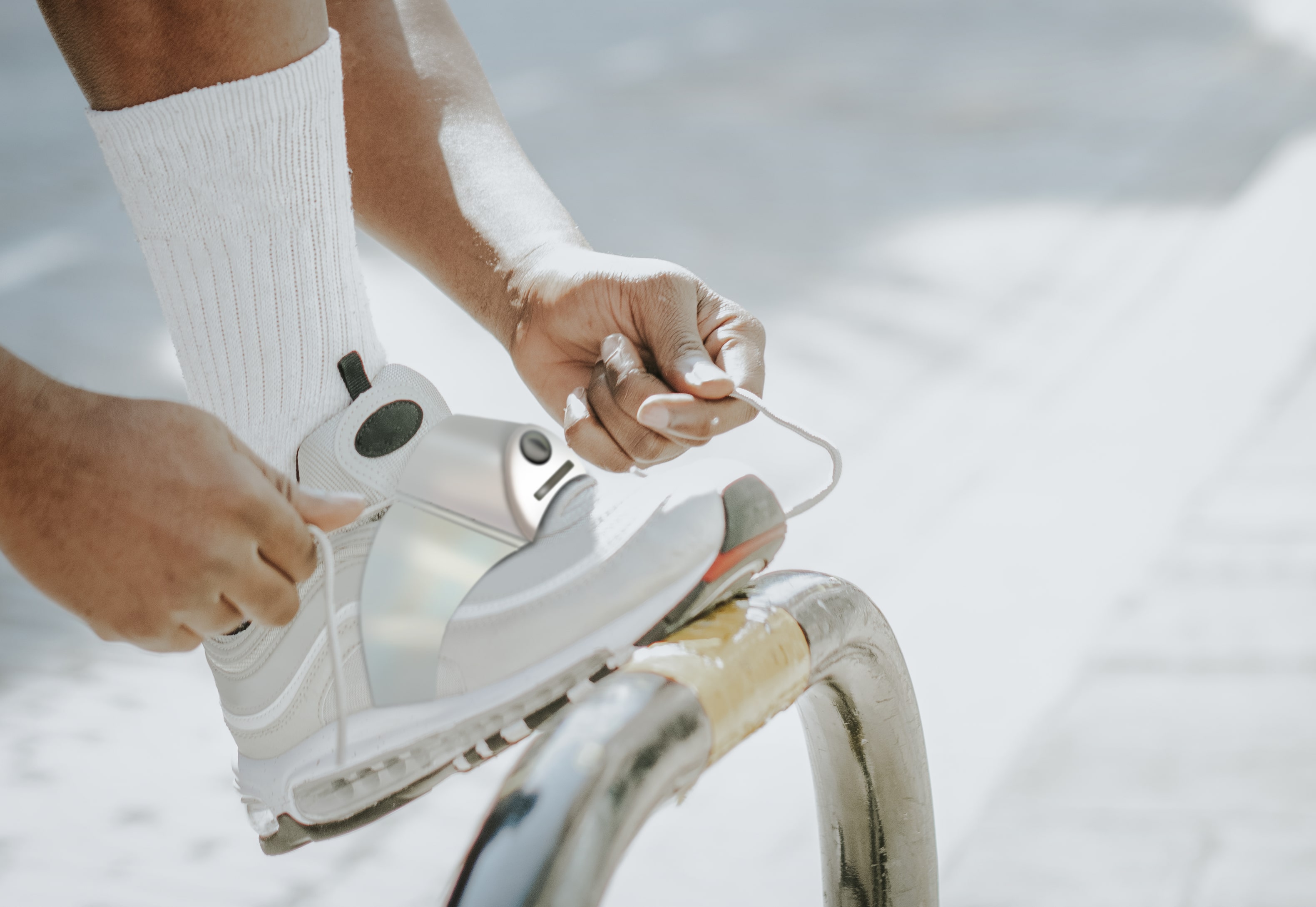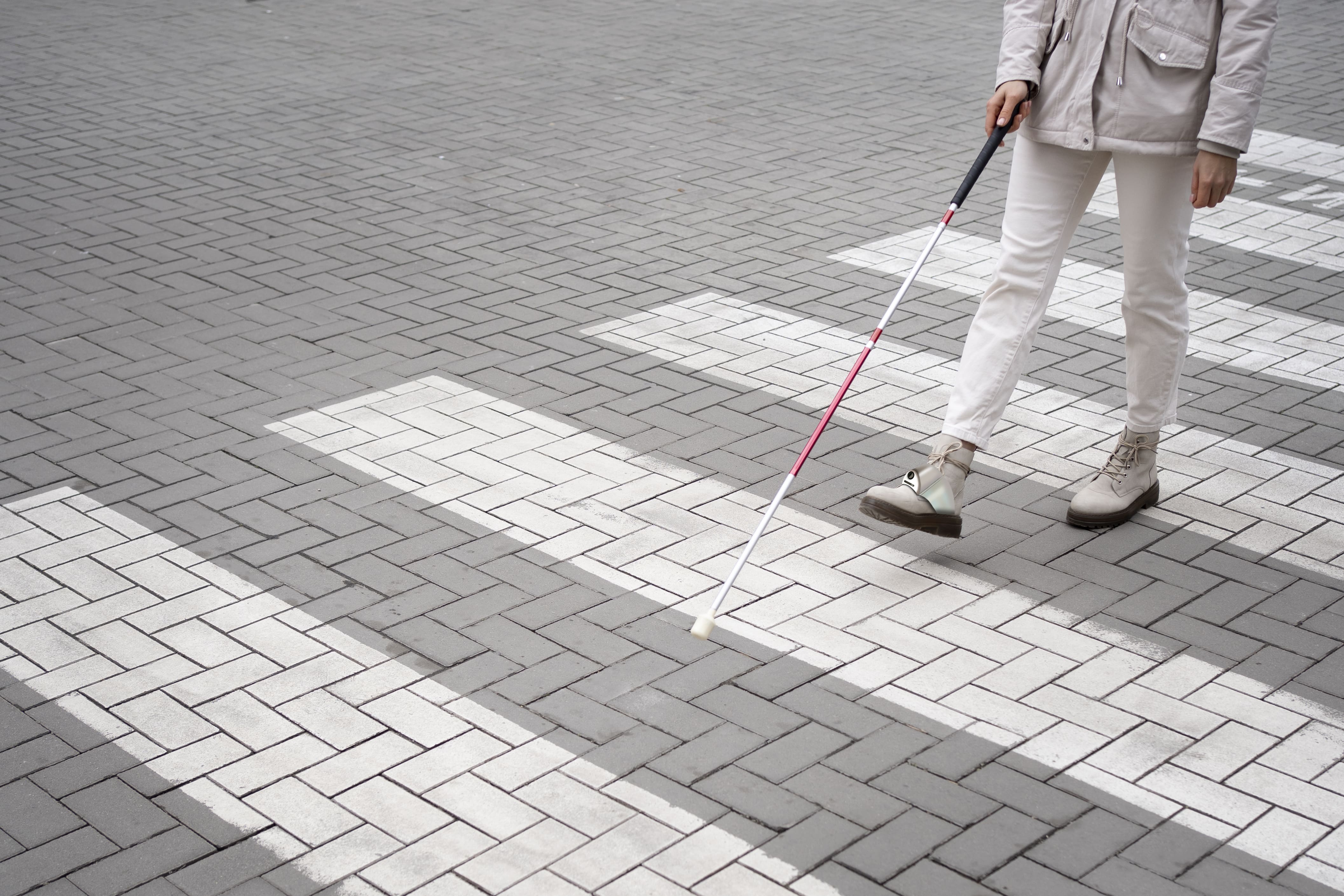In this blog article, we delve into the technology of Navica’s precision navigation for the visually impaired. From environmental sensing to real-time navigation algorithms, this article explains how these technologies work in conjunction with each other to create a seamless, safe, and reliable mobility option.
Environmental Sensing Technologies for Smart Navigation
Environmental sensing is the backbone of Navica’s functionality. By employing ultrasonic and laser sensors, Navica continuously monitors the user’s environment, detecting obstacles like curbs, stairs, and other hazards. The environmental sensing system relies on sophisticated algorithms to process the data in real-time, ensuring that the user is always aware of their surroundings. Research into environmental sensing technology has shown that ultrasonic and laser sensors provide highly accurate and responsive data (Journal of Robotics and Sensor Systems, 2021). This allows Navica to offer immediate alerts to users through haptic feedback, helping them avoid collisions and navigate safely. The integration of environmental sensing into the device enhances the user’s spatial awareness, reducing the reliance on other tools like canes.
Real-Time Navigation Algorithms and Their Impact
The real-time navigation algorithms embedded in Navica are designed to process data from multiple sensors instantaneously. These algorithms analyze the surrounding environment and calculate the safest route for the user. The system dynamically adapts to changes in the terrain, providing users with guidance even in unfamiliar or complex environments. Studies have highlighted that real-time navigation algorithms significantly enhance the precision and efficiency of mobility aids for visually impaired individuals (Journal of Assistive Technology, 2020). By continuously updating the user’s path, Navica ensures that blind individuals can move confidently and independently, minimizing the risk of accidents. These algorithms are integral in helping the system make decisions in real-time, based on the constantly changing data from the environment.
Integrating AI and Machine Learning for Enhanced Mobility
AI and machine learning play a crucial role in Navica’s success as an assistive technology device. Through continuous learning from the user’s interactions with their environment, the system refines its ability to predict and respond to obstacles. AI enhances the device’s ability to make real-time decisions based on accumulated data, allowing for more personalized navigation experiences. Research on AI-driven mobility aids shows that machine learning improves the accuracy of navigation systems by continuously adapting to new and unpredictable environments (AI and Accessibility Journal, 2021). This adaptive learning system is essential for individuals who rely on assistive technology to move freely without barriers.
The Role of Haptic Feedback in Tactile Navigation
Haptic feedback is among the primary features that allow for a comfortable user experience in Navica. The gadget utilizes patterns of vibration to convey information about the environment so that users can make the appropriate decisions from the feedback. A study of haptic feedback indicates that tactile feedback is more effective for the visually impaired compared to sound, as it enables them to navigate without interruption. The vibrations vary in intensity and frequency based on proximity to obstacles, providing immediate, understandable feedback. This form of non-visual communication allows users to confidently adjust their movements in response to real-time environmental data. Research has shown that haptic feedback improves mobility by enabling users to react more quickly to obstacles (Journal of Rehabilitation Research and Development, 2020).
Future Trends in Navigation Technology for the Visually Impaired
As technology continues to evolve, the future of assistive technology like Navica looks promising. Future innovations may include the integration of augmented reality (AR) to further enhance real-time navigation systems. AR can provide detailed environmental maps, allowing users to visualize their surroundings in ways that traditional devices cannot. Studies suggest that integrating AR with AI-powered mobility could significantly improve the accessibility of public spaces for the blind (Journal of Smart Navigation, 2021). Additionally, the development of more sensitive environmental sensing systems could lead to even finer details in obstacle detection, further enhancing haptic feedback systems. As Navica and similar devices continue to evolve, the scope of what is possible for blind individuals in terms of mobility and independence will continue to expand.
Conclusion
Navica is revolutionizing the experience of mobility for the blind by integrating environmental sensing, real-time navigation algorithms, and AI-powered mobility. All of these advanced technologies are integrated in such a manner as to provide a navigation solution that enhances both independence and safety for the user. As the technology continues to be developed, the potential for even more sophisticated, adaptive systems will further improve the lives of visually impaired individuals, giving them the freedom to navigate their world with confidence and safety.




